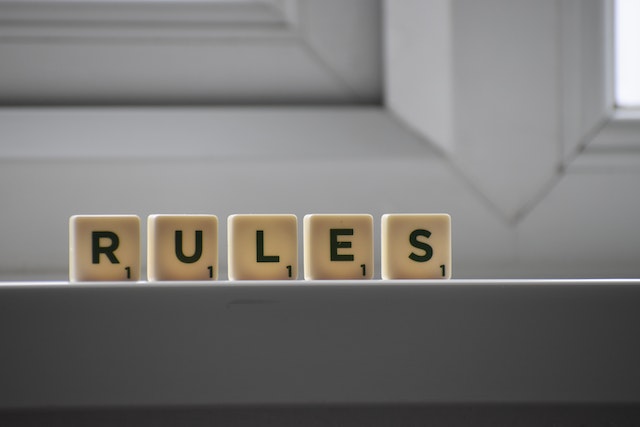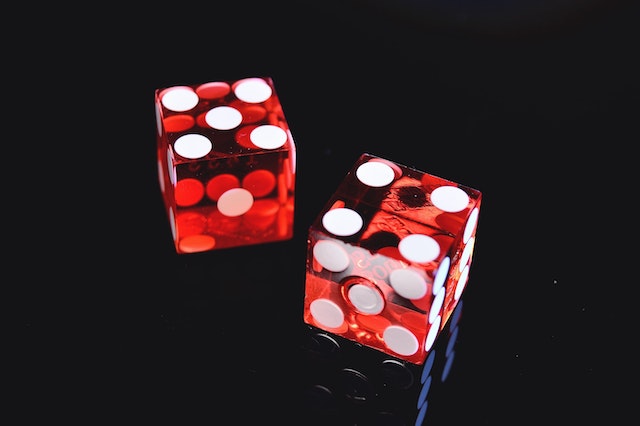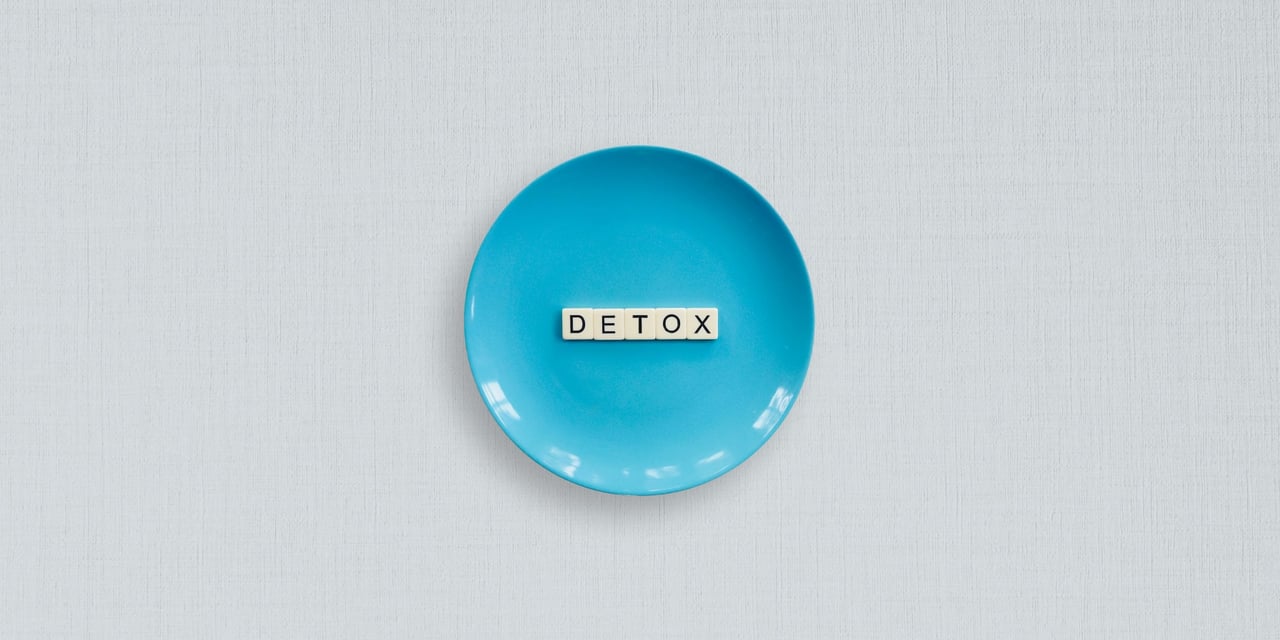The dopamine detox, or dopamine fast, was created by psychiatrist Dr. Cameron Sepah—not for the purpose of detoxing from dopamine itself, but to detox from the impulsive or unhealthy behaviors we’ve learned to associate with a rewarding release of dopamine.
More specifically, dopamine detoxing can help someone become less dependent on overstimulating activities (doom-scrolling through social media, excessive gaming, overindulgence, or other addictive or impulsive behaviors) by reducing their interaction with them, essentially “resetting their dopamine levels”.
In other words, a dopamine detox can function as “antidotes to our overstimulated age” by encouraging habits unassociated with the quick dopamine hits we’ve grown accustomed to.
While this technique has undoubtedly become a fad, we aim to explore if there's any truth to this idea of a dopamine detox.
What is dopamine?
Dopamine is a neurotransmitter —chemical messengers responsible for transmitting signals between brain cells1—and is commonly referred to as the “pleasure chemical”. It doesn’t produce pleasure, but reinforces it by correlating certain actions or tasks with pleasurable and rewarding sensations.
Dopamine regulates…
- Mood
- Sleep and arousal, or the “sleep-wake cycle”
- Movement
- Learning
- Behavior and cognition
- Reinforcement and reward
Thus, too much—or too little—dopamine can affect a number of biological and cognitive functions, from our motor skills to our attention span.
ADHD and dopamine
Dopamine has been linked as a possible contributor to ADHD.1 In particular, low dopamine levels are thought to be a main cause of executive dysfunction.
High dopamine levels in the ADHD brain can lead to severe anxiety, insomnia, increased impulsivity, and even addiction. In other words, it can make ADHD symptoms worse.
What is a dopamine detox?
A dopamine detox is a technique used to manage addictive behaviors by restricting them to specific periods of time—and fasting from impulsively engaging with them—in order to decrease dependency.
If you learn nothing else from this article, please at least remember this:
You’re not fasting from dopamine itself. You’re fasting from your impulsive behaviors that are reinforced by dopamine.
Because ADHDers tend to pursue higher and higher levels of stimulation to achieve the same effect—also known as tolerance—the idea of a dopamine detox is to address the dopamine-related habits that negatively impact your life. It’s not to restrict pleasure just for the sake of limiting dopamine release.
Dopamine Detox 2.0 - in the media
In recent years, the technique gained mainstream attention and has been met with mixed reactions. While Dr. Sepah has gained many followers, the medical and scientific communities criticize his lack of scientific evidence. After all, it is impossible to literally fast from dopamine!
Does the dopamine detox work?
Dopamine is a naturally occurring neurotransmitter, so there’s no real way to detox or reset it. While there are methods to increase natural dopamine levels in response to rewards or pleasure, there’s no non-medical way to decrease your dopamine levels “fasting from enjoyable activities.” So, the idea of fasting your dopamine levels is factually incorrect.
Therefore, the technique’s name is problematic at best, and scientifically incorrect at worst.
How to do a dopamine detox

If you ultimately decide that detoxing might be a good next step for you and your body, consider starting with one of the following methods.
Stimulus control
To regain control of your impulses, you’ll need to regulate external stimuli by using a cognitive behavioral therapy (CBT) technique: stimulus control.
You try it:
- Put the stimuli away or make it less accessible
- Engage in alternative techniques that are incompatible with the stimuli (example: exercising to avoid stress-eating)
- Use web-blocking software or an accountability coach to help you resist “cheating”
'CBT yourself' with exposure and prevention
Dr. Sepah also implements Exposure and Prevention—a CBT technique where you expose yourself to an internal stimulus (any negative emotions) without engaging in the conditioned response, such as scrolling through Instagram.
You try it:
- Recognize when an impulse arises; engage with any thoughts or feelings it prompts
- Practice urge-surfing: watch the desire, take note of which body part or region is most connected to the urge; bring your attention to your body with breathing exercises, then bring your attention back to the urge (you may need to repeat a few times!)
- Resume whatever you were previously doing without judgment or shame
What can dopamine fasting help with?

Dr. Sepah advises patients to cater to the issues around their specific needs, and recognize behaviors that cause distress, impairment, or addictiveness.
Emotional or compulsive eating (overindulgence)
Foods most commonly consumed in an addictive fashion tend to be ultra-processed foods, like sweetened beverages, candy, chips, and buttered popcorn.
Internet and social media addiction
This includes movies and shows on streaming platforms. (Lookin’ at you, Netflix and Hulu!)
Pro tip! Avoid activities that require frequent input—scrolling, clicking—such as social media, forums, games and articles. (But you can finish reading this one first!)
Porn addiction and excessive masturbation
Disclaimer: there’s nothing wrong with occasionally viewing and enjoying porn. However, pay attention to the times it’s used as a coping mechanism.
Pro tip! During your detox, try to avoid impulsive or high-risk sexual activity.
Impulsive spending
This comprises of activities that involve spending money for a large payoff - whether for monetary gain or self-satisfaction, such as gambling.
Recreational drug dependency
Before you ask—yes!—this includes alcohol and caffeine. (Don’t shoot the messenger!) While these aren’t illegal activities, they can still be psychologically addictive and adversely affect things like sleep and working memory.
Thrill-seeking or risk-taking behaviors
While fasting, avoid “sensation-seeking” activities. This includes novelty behaviors and other passive activities, like watching horror movies or psychological thrillers.
Do’s and Dont’s of a dopamine detox
Try this!
Dr. Sepah stresses that individuals don’t have to do anything they don’t want to. Instead, he encourages people to engage in other activities that reflect their personal values, including things like:
- Promote health and well-being with activities like cooking and exercising.
- Help and serve others by volunteering and reaching out.
- Relate to others and strengthen relationships by talking openly with them.
- Learn new things by reading or listening to podcasts.
- Create by writing, taking art classes, or coloring.
…not this!
In recent years, there’s been a rise in people going to extremes with detoxing, which promotes unhealthy behaviors and misconceptions about the role of dopamine.
Don’t add any of these to your “detox to-do list”; they’re harmful!
- Not listening to music
- Avoiding socialization
- Literal fasting with food
- Purposely avoiding eye contact
- Not exercising
As some practitioners have expressed,
“Dopamine fasters deprive themselves of healthy things - for no reason - based on faulty science and a misinterpretation of a catchy title.”
Our verdict: fiction
Before I began this article, I was skeptical. But after writing it, I was surprised by how much of the technique I’d already unknowingly implemented in my life. That said, it’s clear that the version of the technique people are implementing is merely a fad and lacks scientific evidence.
As others have put it, the dopamine detox can be more accurately described as a method to help people unplug and connect. After all, distancing yourself from activities such as social media can greatly benefit your mental and physical health.2
However, it’s impossible to literally detox from dopamine, and the name of the technique only reinforces scientific misunderstandings and maladaptive habits.
While there is an argument to be made that more people need to engage with the actual technique more critically, this doesn’t remove a medical practitioner’s duty of care.
In my opinion, a catchy name isn’t worth the harm this technique can do.
-
Sources
1 Trends in Cognitive Sciences | Dopamine and adaptive memory
2 Current Sleep Medicine Reports | Understanding Links Between Social Media Use, Sleep and Mental Health: Recent Progress and Current Challenges









